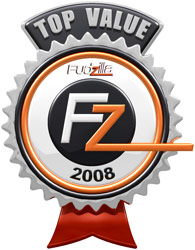(This review is also available in German)
Last year we had the opportunity to review the first 45nm CPU. While a quad-core is not to everyone's taste, we're now taking a look at the first 45nm dual-core CPU, which is now available for purchase in limited quantities.
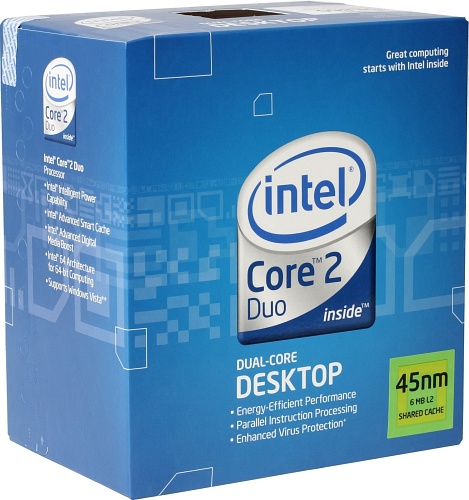
Besides the new SSE4.1 instruction sets, which are currently only used in some raytracing-applications, the most important feature is the new power-saving technology and, of course, the 45nm manufacturing process.
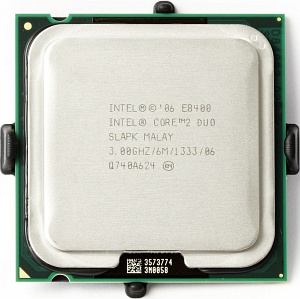
Some motherboards displayed the CPU VCore at 1.1875V, while some showed 1.2250V, so we are not sure which is the correct value. Due to its new power-savings function this isn't really important. Before you buy an E8x00 CPU, make sure that you update your motherboard with the latest BIOS. The TDP is specified at 65W, which is a massive overstatment, as the CPU runs very cool and draws very little power, even when overclocked.
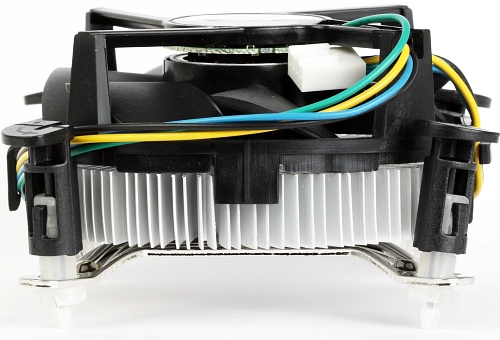
The only negative argument for this CPU is the cooler that comes with the retail boxed processors, as it is now manufactured using more plastic. If you lock the push pins the wrong way, they will become deformed. If you want to change the push pins it's likely that the plastic mounting will break loose rendering the cooler useless. In our opinion you should dispose of this cooler. The funny thing is that currently buying a tray CPU is more expensive, and as such you'll save some money buying the boxed one.
Testbed:
Motherboards:
MSI P35 Platinum 1.1 (provided by MSI)
Intel P35/ICH9R
DFI LANparty UT P35-T2R (provided by DFI)
Intel P35/iCH9R
ASUS Maximus Extreme (provided by ASUS)
Intel X38/iCH9R
CPU:
Intel Core 2 Duo E6700 (provided by Intel)
Intel Core 2 Duo E8400
CPU-Cooler:
Scythe Andy Samurai Master (provided by Scythe-Europe)
Memory:
Kingston 2GB Kit PC2-9600U KHX1200D2K2/2G (provided by Kingston)
CL5-5-5-15 CR2T at 1.80V
Patriot 2GB Kit PC3-10666U PDC32G1333LLK (provided by Patriot)
CL7-7-7-20-CR2T at 1.50V
Graphics Card:
Jetway Radeon HD3870 (provided by mec-electronics)
Power supply:
Silverstone Element SF50EF-Plus (provided by Silverstone)
Hard disk:
Western Digital WD4000KD (provided by Ditech)
Case fans:
SilenX iXtrema Pro 14dB(A) (provided by PC-Cooling.at)
Scythe DFS122512LS
Case:
Cooler Master Stacker 831 Lite (provided by Cooler Master)
While normal operation didn't cause any concern, some boards are able to under Voltage this CPU. We set the VCore to 1.1500V with EIST disabled, which works superbly. It doesn't reduce the power-consumption much, it's only some one tenth of a Watt.
The best power/frequency solution is at 3.60GH. Depending on your board, you'll need to set the VCore between 1.2250V and 1.2750V. The DFI board could manage with 1.2250V ,while the ASUS board needed 1.26875V.
Reaching 4GHz is a no brainer, but you need significantly more VCore power compared to 3.60GHz, somewhere between 1.3250V and 1.4000V. We didn't increase any other Voltages, because a decent board should go up to 450MHz FSB without the need of fiddling with NB or VTT Voltages.
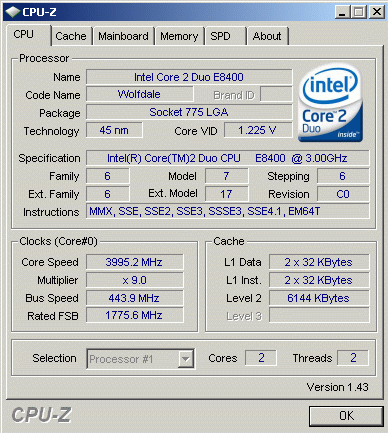
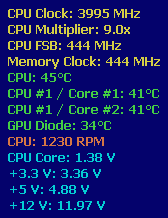
Of course, you can increase the FSB to 500MHz, even the MSI P35 board managed to do it, but this time the NB and VTT Voltages needed to be increased.
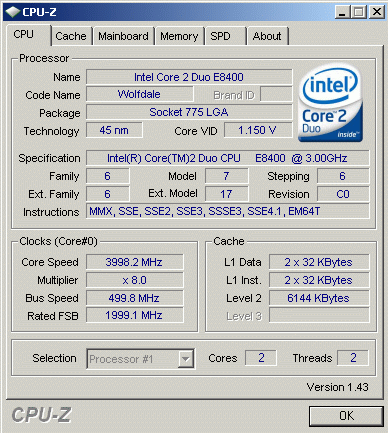
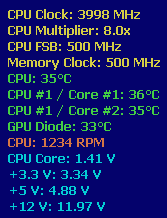
We also tried to get the most out of the CPU, but if you increase the VCore up to 1.6000V you need a superior air cooling or a water cooling solution. So, 4.40GHz is quite nice for air cooling, isn't it?
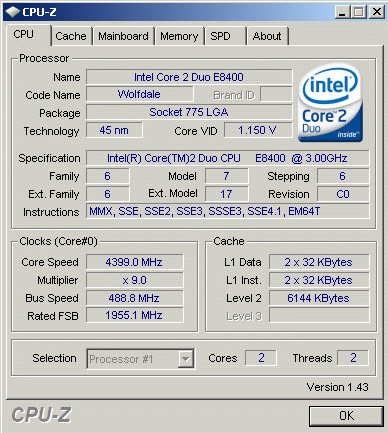
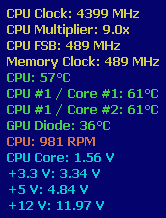
We also tested the FSB-wall. It seems our CPU is limited to between 530 and 535MHz. We could reach a stable 530MHz. You don't need to increase the NB and VTT Voltages, but this will, of course, depend on the motherboard. The MSI P35 didn't like to go over 510MHz.
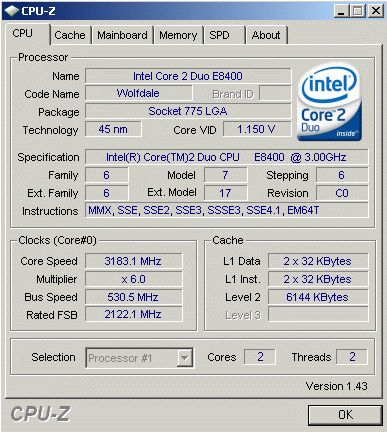
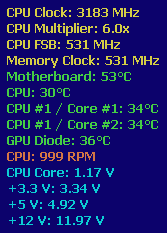
x264:
While we have changed our testrig, we also changed the benchmarks. XVID/DIVX using MPEG2 encoding is losing its importance, with h.264/AVC getting more importance. It gives you a huge advantage in compression size and you need a much lower bitrate to achieve the same or better quality compared to XviD.
x264 is a h.264/AVC codec which supports four threads, and it's available for free. We took a PAL episode from "Babylon 5" with a length of 41 minutes, 57 seconds and 8 frames. We tried to "emulate" the most common usage when you encode your movies:
1st: We have a perfect master, so we only de-interlace the content and resize it without any other manipulations; we marked this as "fast."
2nd: You get bad mastering on many DVDs, especially "old" stuff or when the studios are in a hurry for the release. In this case you want to improve the picture quality, which is done by filtering the content. You can choose from lots of filters for any purposes you can think of, but we only used the most common "undot," "FluxSmooth" and "MSharpen." Of course, we also de-interlaced, filters were done before any resizing took place (which is slower). We marked this as "slow."
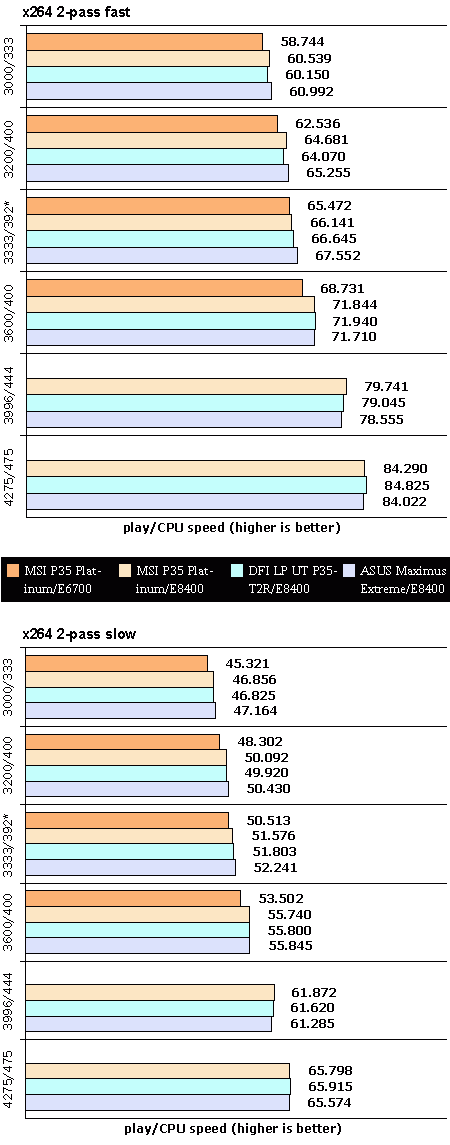
Note: The DFI P35 mainboard doesn't support half multipliers, so it was using 417x8.
LameMT:
The same episode we encoded, we used for our MP3-testing. We don't recommand using MP3 for encoding, because AC3 can do the job better, but nearly 42 minutes gives us approximately the length of any given album.
A measurement in seconds, as many sites do, is useless, because the differences are too small. So we used the built-in play/CPU ratio, this means the CPU is encoding x-times faster then the track-length. Fast memory does not play an important role here. For your convenience we also show the single-threaded benchmarks figures, they can be re-produced with any version of L.A.M.E. Only LameMT can do multi-thread and take advantage of multi-core processors.
We used this setting: lamemt --vbr-new -q 2 -V 2 -m j --strictly-enforce-ISO --resample 48
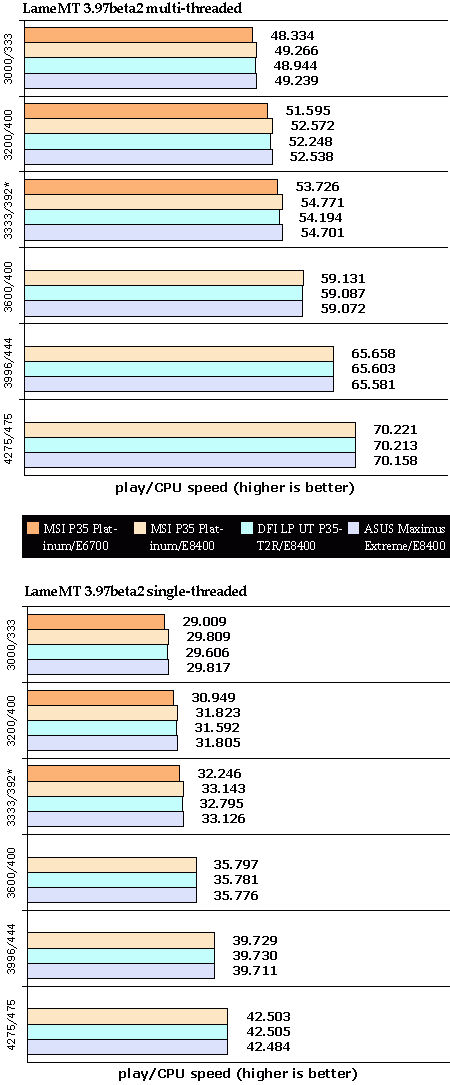
Note: The DFI P35 mainboard doesn't support half multipliers, so it was using 417x8.
As always, we also test ed the power consumption. Due to the change of our test rig, we replaced the X1950XTX with an HD 3870. We re-tested the power consumption with our old E6700 processor to get a valid comparsion.
If you guessed that the new Intel CPU will consume considerably less power compared to the 65nm CPUs, you are right. Overclocked to 4GHz the E8400 manages to consume only 10W more compared to our overclocked E6700 at 3GHz, and far less compared to an E6700 at 3.60GHz.
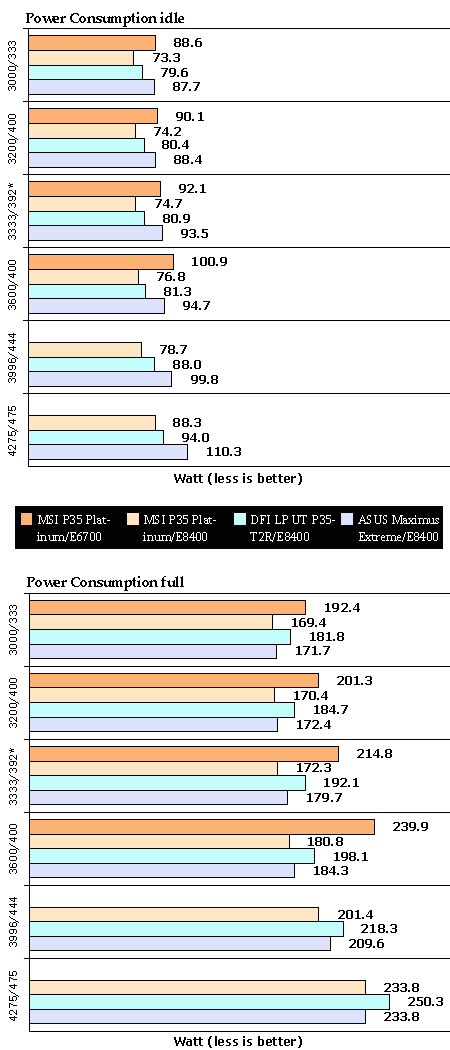
Conclusion:
If you have been waiting for the new 45nm CPUs, then you made the right choice. This CPU is the best dual-core you can get for your money right now. While the E8500 is considerably more expensive, it doesn't offer any advantage besides a speed increase of 166MHz. This reminds us of some years ago, where you paid much more to get a 33MHz speed increase.
Overclocking works like a charm. If you own a superior mainboard, such as the DFI LANparty P35, you can increase you speed up to 3.60GHz without increasing the VCore by much. Even older boards such as the MSI P35 Platinum did fine. ASUS had some difficulties due to it needing more VCore, but despite that every board is capable of reaching about 4.30GHz.
If you already own a E6xx0 CPU, the decision is more complicated. Casual computer users who only use their system a few hours a week won't see much of a benefit. The larger cache does help in some applications, but the difference is very small. For power-users who game a lot or those that work a lot with music, photo or video programs, this is an opportunity to upgrade to a CPU which can be overclocked much higher, and will lower your electricity bill considerably.
If the computer also contain a power-hungry old graphics card, such as a X1950XT, an HD3870 will reduce the overall power consumption, even though it's a much faster graphics card and uses less power when idling on the desktop.
We can definitely recommend this CPU and it's availabe for about €165. Its little brother is called E8200 and is available for about €15, less, but we can't guarantee it can reach 4.40GHz.
